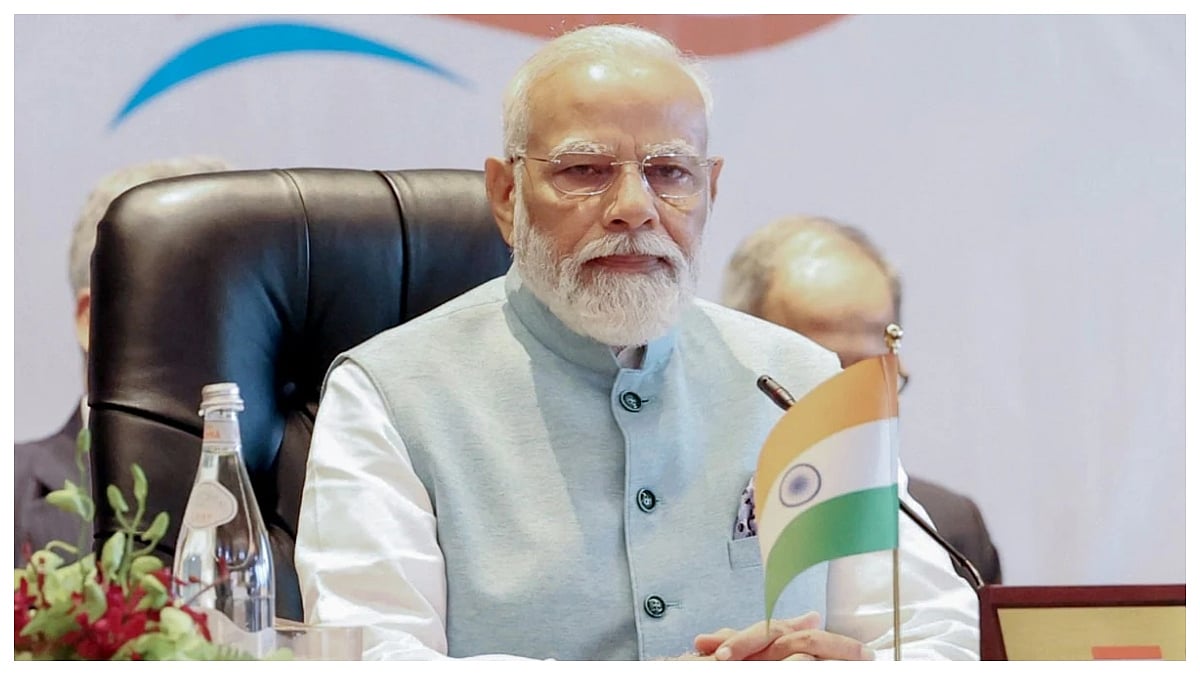Gujarat-based Amul is one of the most inspirational success stories in the dairy co-operative sphere. The brand managed to become a synonym for milk in the country.
The managing director of Gujarat Co-operative Milk Marking Federation (GCMMF), R S Sodhi, in conversation with Pankaj Joshi, highlights the impact of macroeconomics and microeconomics on Amul.
• What were the impact of demonetisations on Amul?
The impact of demonetisation has been multi-fold. Amul has 35 lakh farmers aggregated into 18,000 societies. Every week Rs 450 crore payout is made by Amul. This payout goes to mandals via bank and they have to make cash payouts to the farmers. So, that was an issue. On the other hand, Amul has been trying to have accounts opened and linked, but the process has been slow due to some vested interests at the mandal level. With demonetisation being announced, this process was expedited and the purpose was solved at one shot, at least as far as mental hurdles were concerned. The cash limits that we had were totally inadequate.
From the date of the demonetisation announcement till now, we have opened around 5.5 lakh new accounts. Issues in the farmer accounts are twofold. Firstly, 35 lakh farmers have only 12 lakh accounts, so there is a huge gap there. Secondly, even the existing accounts are not with clear linkages, which is a prime requirement. While almost the entire payment is today going through banks, the issue is what all of India is facing – a cash crunch. With support from the RBI, government intervention and action by District Co-operative Bank, we have managed to withdraw cash of around Rs 450 crore till date, which is somewhat of a palliative.
•What are the advantages and disadvantage of demonetisation in Amul’s context?
First, there is a huge improvement in transparency. Next, savings incidence, we have already started seeing, is going up. When people get cash in hand, it leads to unnecessary spending. This crunch and bank-routed financial transactions are getting the farmer two benefits. His today’s savings are converted tomorrow into investments. Also, the farmers are getting a credit history being created now. This will result in opening up of avenues for borrowing on better terms, which again helps him in investing into his occupation.
The problem that has emerged is that banks are overstretched and there is a dearth of ATMs in villages – a situation which will take time to cure. Amul has requested Government that banks need to put in around 10,000 ATMs just in Gujarat at the estimated mandal level demand. We don’t talk of any more drill-down demand estimates. We have put in a proposal for correspondence banking, wherein the respective mandal secretary can double up as the banking correspondent.
•Is Amul working on any process to simplify payment procedure?
Amul has recognised the need for creating a virtual payment process. We are working on the payment bank idea – either we create it on our own or in association with existing players.
•What kind of growth is expected in operations?
We are looking at growth from North East operations in the next six months. Meantime, our footprint in Bengal is getting enhanced. The daily demand of 3.5 lakh litres is being met entirely through local procurement, plus some marginal quantity is coming in from our Bihar operations. Another recent success story is Porbandar.
The procurement from Porbandar two years back was nil, and today it stands at 3 lakh litres on a daily basis, that too of high quality, around 7.5-8 per cent fat content. The past decade has seen 1.5 times growth in members and around 10 times growth in milk volumes. The main drivers have increased productivity per animal and rise in number of animals per member. We see the same pattern continuing. Amul provides market access at steady, stable and remunerative prices, which induces farmers to join up.
•How much revenue is Amul expecting in 2016-17?
We are expecting revenues for 2016-17 to be around Rs 28,000 crore. We have done 180 lakh litres daily in 2016 on the procurement side, with a basic milk sale of 110-115 lakh litres.
•What is Amul’s target for future?
We have kept a target of 280-300 lakh litres by 2021, wherein 170-180 lakh litres would be basic milk sales. We foresee the share of value-added products being maintained at 40 per cent. Even in our value-added products, we are rejigging our portfolio, moving from products with long shelf-life to those with shorter shelf-life and recurrent demand. Our 2020-21 revenue target is Rs 50, 000 crore but we internally think that we should be able to get to that figure earlier.
•What kind of global trends will impact India and Amul in particular?
Globally, the period from mid-2014 to mid-2016 saw an oversupply scenario and farmers in developed countries saw a 20-50 per cent drop in their realisations. Against that, in India, suppliers to people like Amul, Saras and Nandini – basically the co-operatives – saw a 4-7 per cent increase in price realisation. This is the socio-economic impact of milk co-operatives. Even Punjab and Maharashtra saw a situation where milk suppliers to private players had to suffer a price reduction of 30 per cent.
This adverse development helped in indirectly increasing our member base, plus our farmers were anyway continually investing in the business. It is well-acknowledged that Amul pays its farmer suppliers around 85 per cent of the final sale price. Where co-operatives are not there, other players may not pay 85 per cent but still the farmer gets a decent deal of around 70 per cent. Again, on the market front, our product prices are a strong benchmark against overpricing and they keep prices in an affordable range for the consumer. If you were to look at corporate players by and large, they have lower EBITDA margins. The reasons for this are a larger spend on advertisement, more spend on the distribution channel and a large element of aggregation-based procurement rather than direct procurement which is the bedrock of Amul’s operations.
One side-effect of the depressed prices is that in the last two years, animal population in the large producer nations has dwindled, as have investments. Hence, supply has been impacted. However, the global price situation has improved a lot and prices are set to improve on sustained basis, but supply will not rise in the immediate future.
Globally, the demand picture is getting modified, especially in Asia. Other than the Indian subcontinent, Asia was not a milk consumer in the true sense, but that is now changing. Those Asian nations were not habituated to milk consumption, but habits are now getting altered. The benefits of regular milk intake on height and weight have been visible, and so we think there is a big change in the region’s consumption pattern which will endure.








